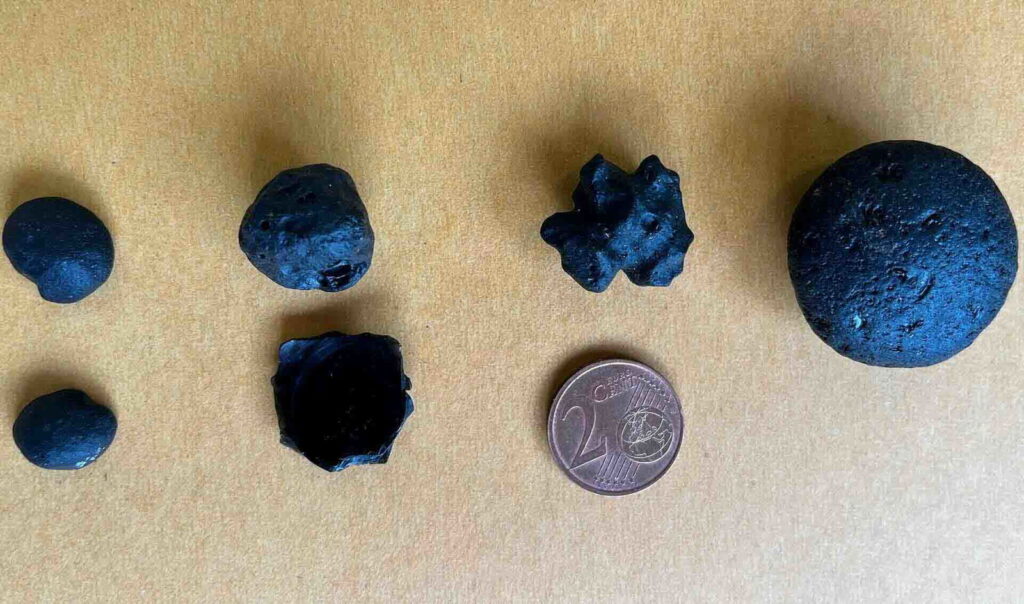
An ancient asteroid impact in Australia has been brought to light in a groundbreaking study from Curtin University. Researchers have identified shards of glass, known as tektites, that were formed when a massive space rock collided with Earth, offering insights into a previously unknown event.
Tektites are a type of natural glass created during such impacts, where the energy released melts material on the planet’s surface. These shards can be propelled across vast distances, yet the newly discovered tektites in this study have been found in a limited area of Australia, suggesting a localized event.
A Window into the Past
“These glasses are unique to Australia and have recorded an ancient impact event we did not even know about,” said co-author Professor Fred Jourdan of Curtin’s School of Earth and Planetary Sciences. The discovery of new tektites opens a fresh chapter in Earth’s mysterious past, offering scientists new puzzle pieces to locate previously unknown impact sites and fill in parts of our planet’s ancient history.
“They formed when an asteroid slammed into Earth, melting surface rock and scattering debris for thousands of kilometers,” Jourdan added. “These tiny pieces of glass are like little time capsules from deep in our planet’s history.”
Locating an Asteroid Impact Crater
Despite the magnitude of the impact, scientists have yet to locate the crater. “What makes the discovery even more intriguing is that, although the impact must have been immense, scientists are yet to locate the crater,” Jourdan noted. Previous tektite fields have been found in Central Europe, North America, the Ivory Coast, Central America, and a region spanning China and Australia, each representing a separate impact site.
The discovery was made by analyzing the specific type of tektite in question. Researchers studied known tektite samples from museum collections, subjecting them to magnetic susceptibility measurements to identify any outliers. This led to the identification of a previously unknown tektite sourced from a single region in Australia, suggesting an ancient impact. Despite knowing the general area to search, no direct impact site has been found, likely due to significant geological changes over millions of years.
Comparing Tekites
According to lead author Anna Musolino, a PhD student at Aix-Marseille University, “These tektites are unique because of their unusual chemistry and their age, which is about 11 million years.” The immediate comparison was to another famous tektite-producing event, the Australasian tektite-strewn field.
The differences between the two events are stark. The Australasian tektites are spread over an enormous radius, covering half the globe, while the new tektites are much more concentrated, currently limited to South Australia. Additionally, the Australasian examples are dated to roughly 780,000 years ago, whereas the new tektites are significantly older.
From this evidence, which shows a substantial deviation from known tektites, researchers are confident that their findings represent a previously unrecognized impact event in Earth’s past. With new tools like NASA’s DART allowing humans to deflect dangerous asteroids for the first time, understanding how such events have caused ancient destruction is crucial for a safer future.
“Understanding when and how often large asteroids have struck Earth also helps us assess the risk of future impacts, which is important for planetary defense,” Jourdan concluded.
The study, “A New Tektite Strewn Field in Australia Ejected from a Volcanic Arc Impact Crater 11 Myr Ago,” was published in Earth and Planetary Science Letters on August 29, 2025.






